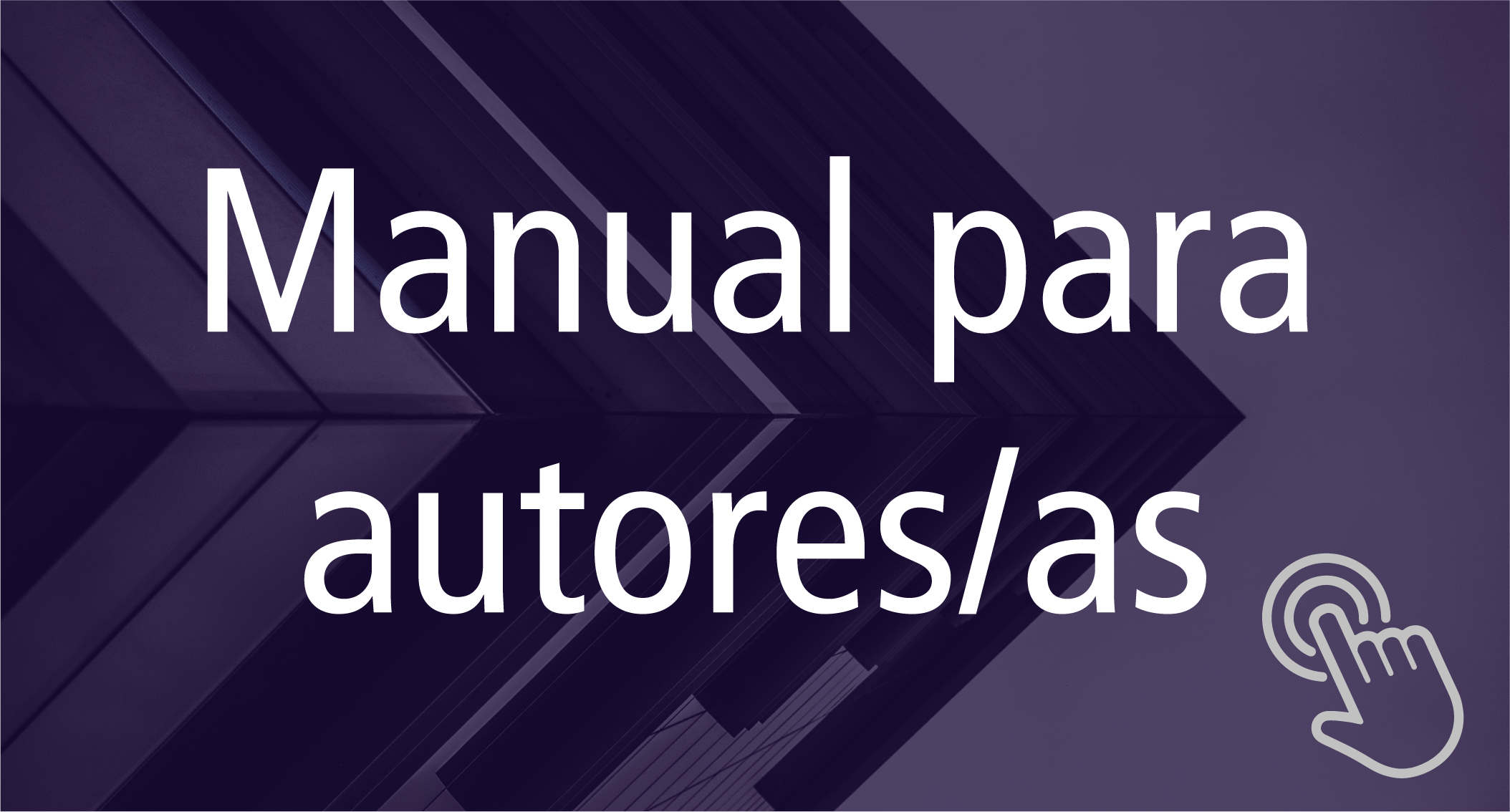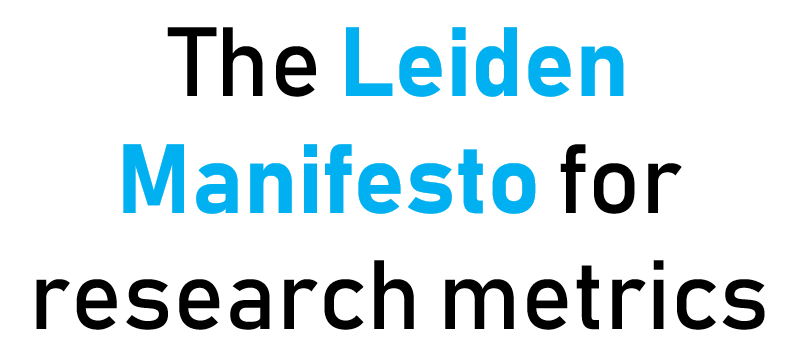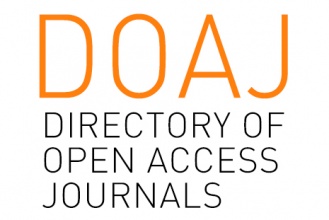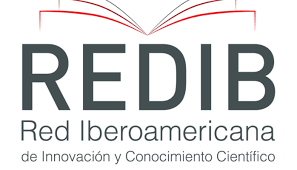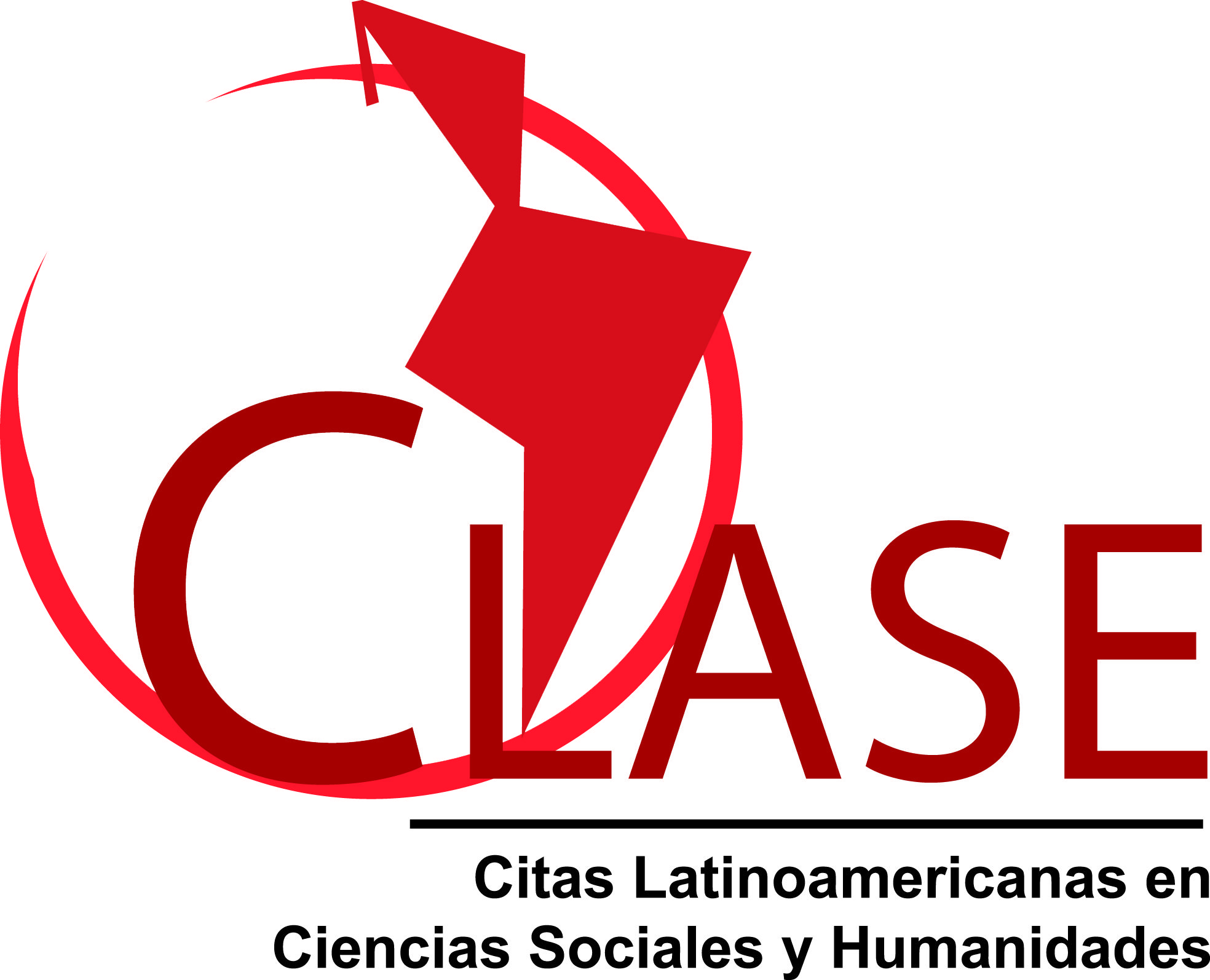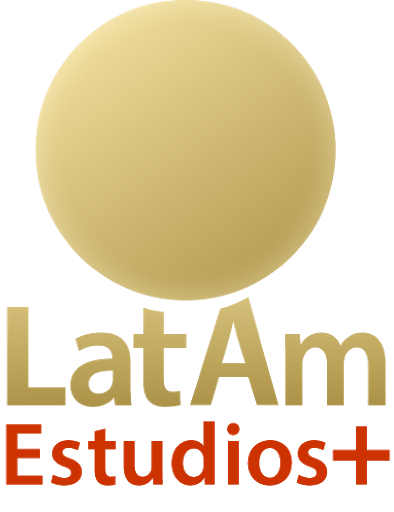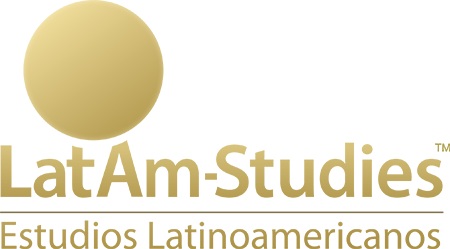El tango, un dispositivo argentino para el desencuentro amoroso
Abstract
El dispositivo clínico del psicoanálisis y el musical armador de escenarios que es el tango son dispositivos sociales en la Argentina que tienen especial trascendencia. Ambos tienen su relación precisa con el amor, uno habiendo inventado una variante de este, la transferencia, y el otro localizando escenas donde darle forma poética al desencuentro. El tango como dispositivo conduce las fijezas del lado masculino de la sexuación y localiza a la mujer del otro lado. Las distintas especies tangueras, desde una posición fálica totalizante, rechazan la falta de complementariedad sexual, propia de las relaciones entre hombre y mujer, y ponen la causa de la falla del lado mujer. A partir de la particularización de sus letras, se pueden distinguir tres escenas: la melancólica del lamento, la esplendorosa del alarde y la gris de la resignación.Downloads
Download data is not yet available.
Metrics
Metrics Loading ...
Downloads
Published
2014-10-24
How to Cite
Zanghellini, J. (2014). El tango, un dispositivo argentino para el desencuentro amoroso. Journal of Psychology, 11. Retrieved from https://revistas.unlp.edu.ar/revpsi/article/view/1086
Issue
Section
Research articles
License
![]()
Authors who publish in this journal accept the following conditions:
- Authors retain the copyright and assign the right of first publication to the journal, with the work registered under a Creative Commons attribution license (CC-BY), which allows third parties to use what is published whenever they mention the authorship of the work and the first publication in this magazine.
- Authors can make other independent and additional contractual agreements for the non-exclusive distribution of the article published in this journal (e.g., include it in an institutional repository or publish it in a book) as long as they clearly indicate that the work was published for the first time in this magazine.
- Authors are allowed and encouraged to publish their work on the Internet (e.g., on institutional or personal webpages) before and during the review and publication process, as it can lead to productive exchanges and greater and faster dissemination of published work (see The Effect of Open Access ).

